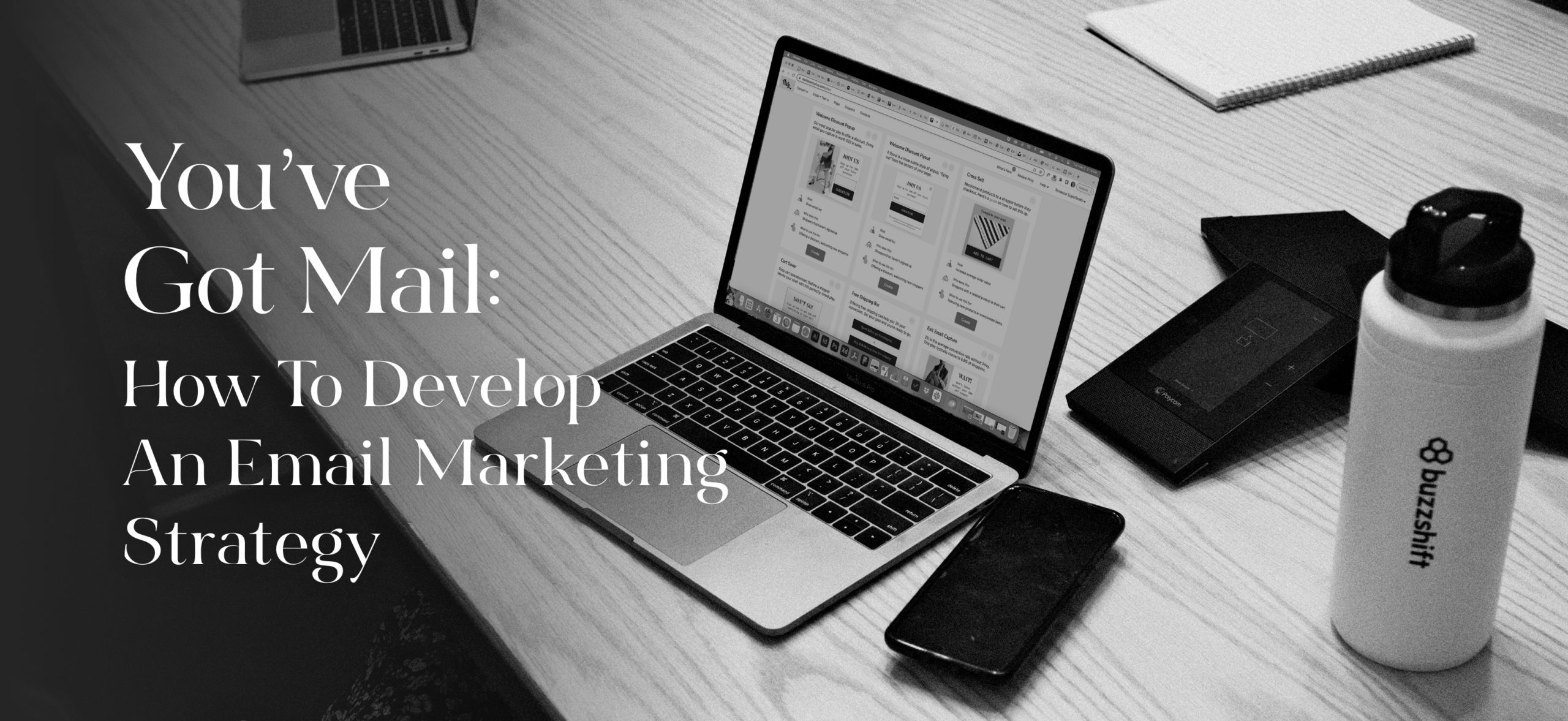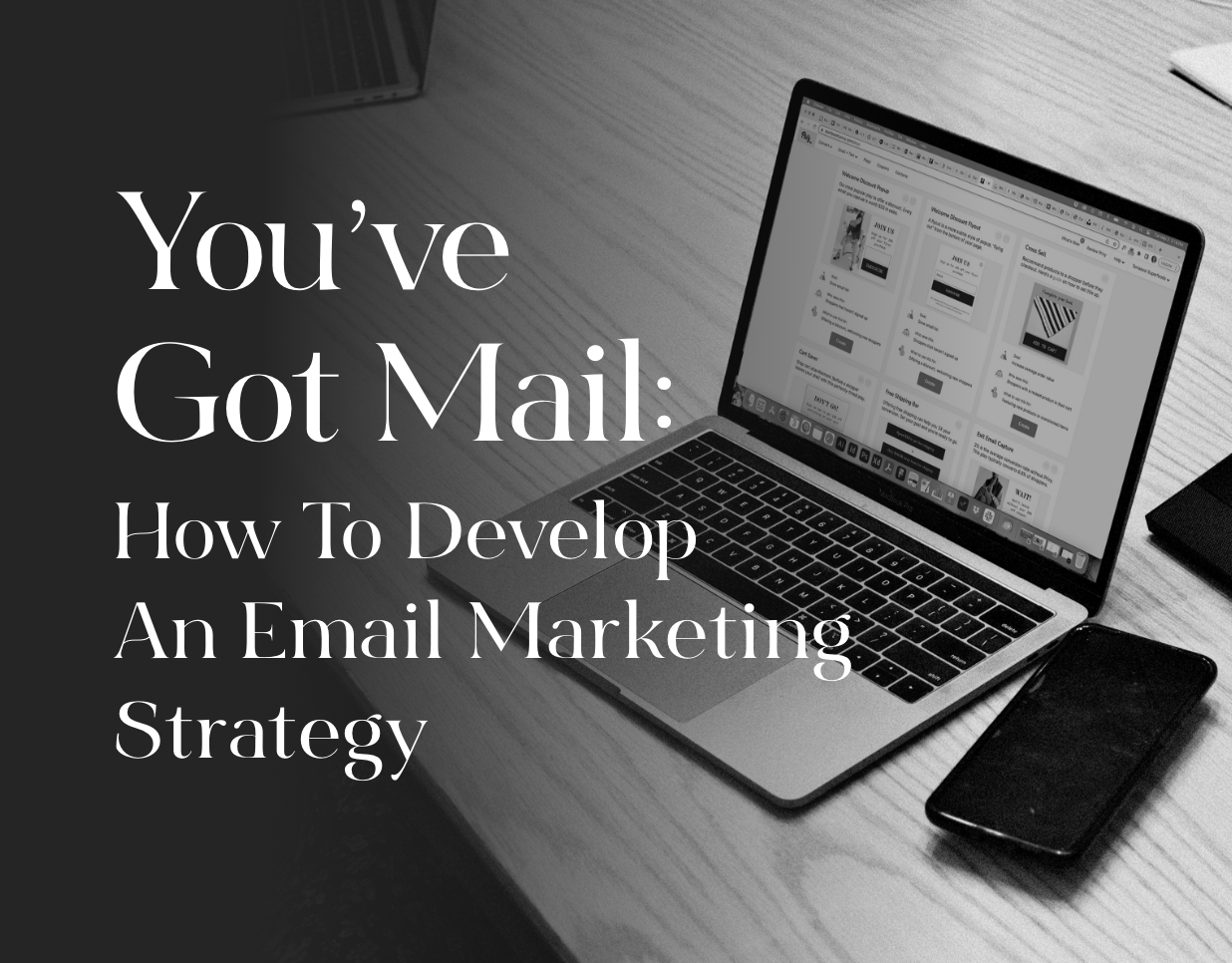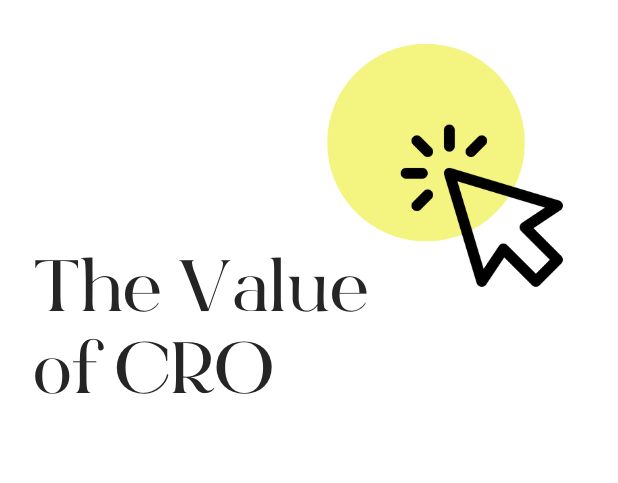After reviewing some of the benefits of email marketing, it’s time to put the power of email marketing to work for your business. We’ve boiled it down to nine simple steps to get you up and going with an email marketing strategy that can help drive conversions and grow your business.
- Analyze the Current Situation
You need to know where you are in order to develop a strategy to move forward, so let’s start by answering a few basic questions.
- How many email addresses do you have?
- How frequently do you email?
- What’s your monthly growth rate?
- What kind of messages do you send?
- How does your email perform? (Clickthrough rate, open rates, conversion rate, etc.)
Once you’ve covered the basics, take some time to brainstorm and write down anything other information you know about your email marketing efforts. The goal is to identify your current email program’s strengths and weaknesses, which will help you to identify your goals moving forward.
- Identify Goals
Now that you’ve analyzed your current email marketing situation, it’s time to identify your goals. Nothing quantifiable, just basic goals such as selling your product/service, increasing your monthly growth rate, driving more traffic to your website, building your reputation in your market, etc. There are hundreds of ways to express qualitative goals, but for the sake of keeping things simple, use language you are comfortable with. That said, all email marketing goals tend to revolve around two things: acquiring new customers/revenue or retaining existing customers/revenue.
- Complete a Competitive Analysis
Looking at what your competitors are doing can help you form a baseline for your strategy. This can be especially beneficial when looking at well-established competitors who have had the opportunity to test and edit their strategies to maximize their email marketing efforts. They’ve already done a lot of the research and learned from trial and error — capitalize on this by subscribing to their email list. Take notes on the frequency of their emails, the type of emails they send, etc. Also, make notes of what you liked and didn’t like, and things you learned from their emails. The goal here is to make a list of the strengths and weaknesses of your competition’s email marketing. Feel free to involve others in this process. It can be a good thing to have multiple people review and take notes on what the competition is doing, and what they liked and disliked.
- Define Your Target Audience
Establishing a target audience helps you to customize your message to those individuals, making their marketing experience more personal and cultivating a higher conversion rate. Standard demographics such as gender, age, educational background, and marital status will do for now. The better you understand your audience, the easier it is to understand their motivations and help guide them through the marketing funnel. For instance, if you sell frozen dinners, you might want to target working mothers who need quick dinner options. By capitalizing on verbiage surrounding providing her family with a quick, easy, nutritious dinner, you demonstrate your product’s value and encourage her to buy it.
- Determine Which Types of Emails to Send
Based on your target audience, you should be able to choose what type or types of emails you’d like to send. Whether it’s long or short form, editorial or promotional, different types of emails can help you accomplish different goals. Given that consumers are constantly being marketed to, we are generally a fan of keeping messages short and sweet, but there is definitely a place for long-form writing as well, particularly when trying to establish yourself as an industry expert or showcase a catalog of products or services.
The general goal of promotional email marketing is, of course, to sell your products and services. Alternatively, editorial email marketing helps to drive traffic to your website, generate qualified leads, and build a relationship with your readers while keeping your brand top-of-mind. Most comprehensive email marketing strategies contain a healthy mix of both.
- Develop a Content Strategy and Schedule
Once you’ve decided what types of emails you want to send, it’s time to develop a content strategy and a schedule for the emails to be sent—this includes a description of the content that will be included in each email, the frequency for each email, and a production schedule. For instance, if you decide to send emails twice a week, you may make Monday editorial day and Thursday promotional day. In establishing what time of content will be in these emails, keep it detailed but specific. Example: Headline, opening paragraph (50 words or less), product one, product one description, product two, product two descriptions, and so on. This will help ensure that your email marketing efforts are consistent. You can also include a list of future topics, writing resources, deadlines, etc. in your content strategy.
- Design the Email Template
Templates are an integral part of email marketing. They ensure that each email has the same basic structure and save money in the process. They also force you to develop a logical, organized, and coherent content strategy. If your content isn’t consistent enough to fit into a template, chances are your content strategy isn’t where it should be.
A good template is a flexible one that allows things to stay consistent while still providing room for diversity. After all, you don’t want all your emails to look the same—that kind of monotony can lead to viewer fatigue. If you need some inspiration, look at the email designs from some of your favorite brands.
- Create Quantitative Goals
Now that everything is in place to start your email marketing campaign, it’s time to create some qualitative goals. It’s important not to set the bar too high, but it’s also important to be ambitious. Here are a few examples of quantitative goals:
- 50 online sales per month
- Increase subscriber list by 10%
- Maintain an open rate of 5% or more
- Increase website views by 25%
They can be goals for the first month, quarter, year, etc. Start by setting a few short-term goals so you can monitor if your strategy is working or not. A big part of having a successful campaign is monitoring and tweaking your strategy to maximize your results.
- Monitor Results and Tweak the Strategy Accordingly
Once you start deploying emails, it’s imperative you monitor your results to see how your campaign is performing. How are the open rates, clickthroughs, and conversions? If they aren’t as good as you had hoped, don’t fret. You should be able to establish what types of emails people are responding the best to, and you can adjust your strategy to incorporate more of this type of content. Also, don’t be afraid to experiment with new types of content, email marketing is trial and error for the first few months, that’s just the nature of the beast. Eventually, you’ll be able to identify exactly what type of content your audience identifies best with and can capitalize on that.
With a little time and effort, you should be well on your way to mastering the art of email marketing. While it’s always a work in progress if you stay consistent you’ll soon see what a big impact email marketing can have on your business. As always, if you need any guidance along the way, we’re here and happy to help.
Contact us.
About BuzzShift
BuzzShift is a digital growth strategy agency with a focus on mid-market, scaling DTC Brands. By combining the ideologies of branding, performance marketing, and retention agency, we are able to create memorable experiences with measurable results, and build long-term success for our clients with scalable, sustainable growth. Learn more about BuzzShift.







